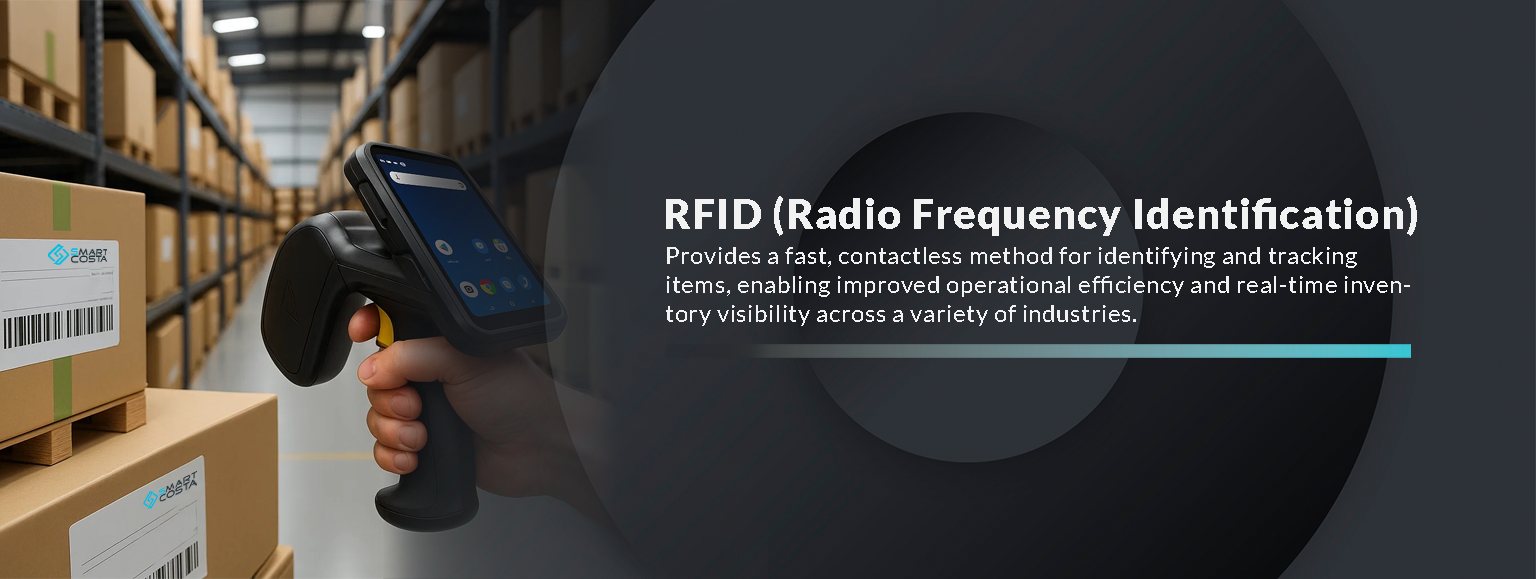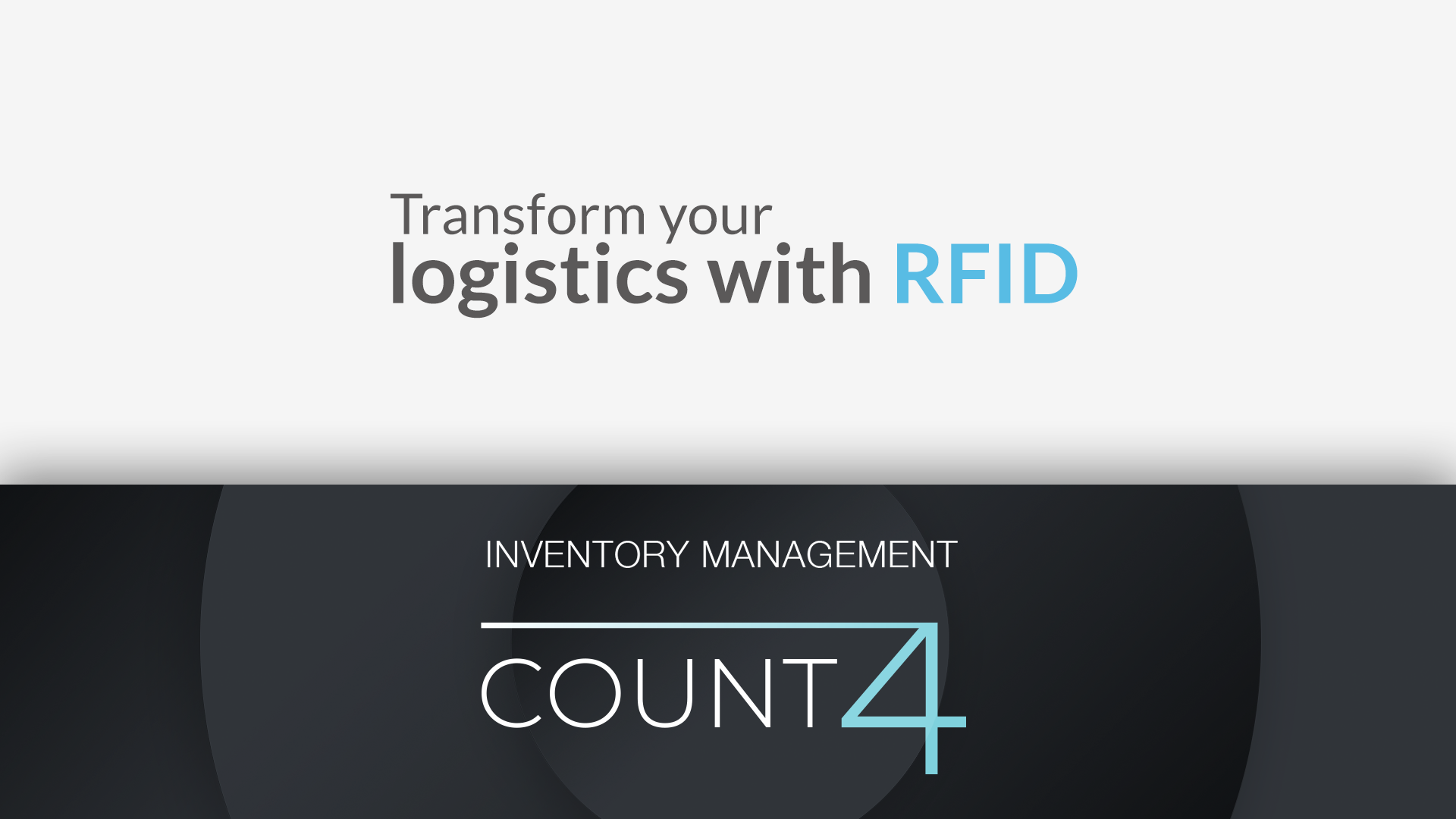- The Power of RFID
- What is RFID and How Does It Work?
- Key Benefits of RFID in the Supply Chain
- Success Stories
The Power of RFID
In the age of digitalization and the constant demand for faster and more accurate deliveries, efficient logistics has become not just desirable but essential. To achieve this, many companies are adopting advanced technologies such as RFID (Radio Frequency Identification), a powerful tool capable of transforming how goods are managed and tracked.

What is RFID and How Does It Work?
RFID is an identification system that uses radio waves to transfer data from a tag attached to an object to a reader. Unlike traditional barcodes, it does not require direct line-of-sight, allowing for much faster and real-time scanning.
Key Benefits of RFID in the Supply Chain
Inventory automation
Accurate traceability
Reduction in losses and theft
Improved operational efficiency
Success Stories
Leading companies in the retail and logistics sectors have already implemented RFID in their warehouses and points of sale, achieving up to 25% improvements in inventory accuracy and significant reductions in operational times.
Conclusion
Implementing RFID is not just a technological investment but a strategic decision. Organizations that embrace the digitalization of their logistics processes optimize operations and position themselves to compete in a demanding market.

